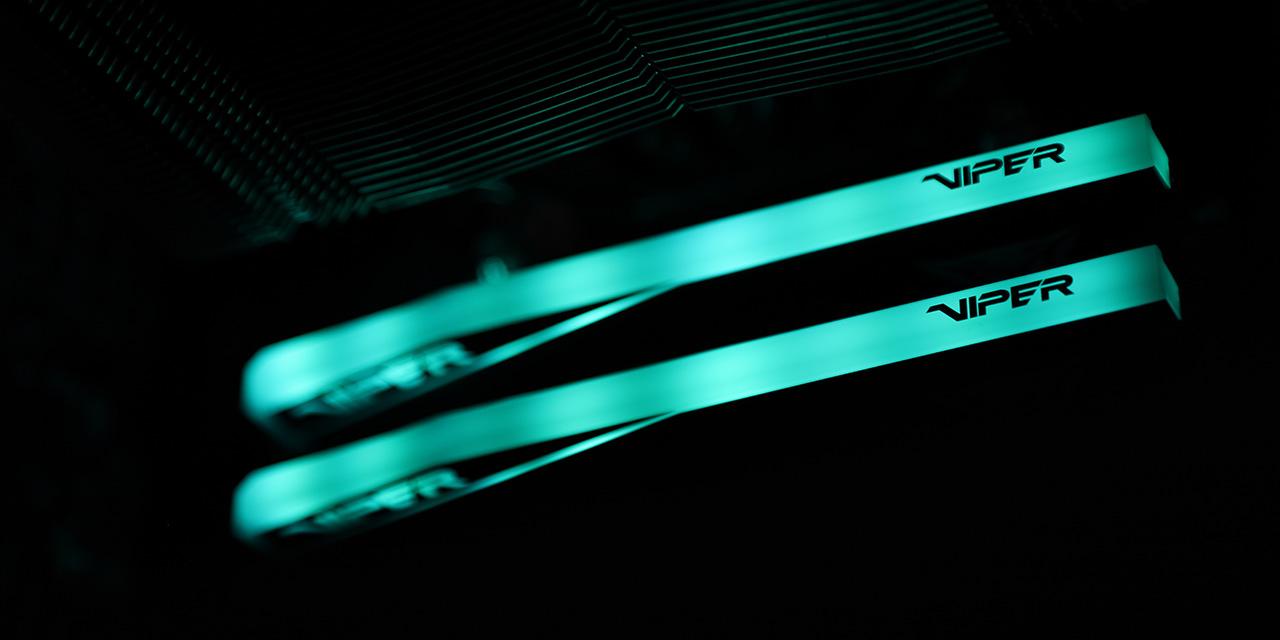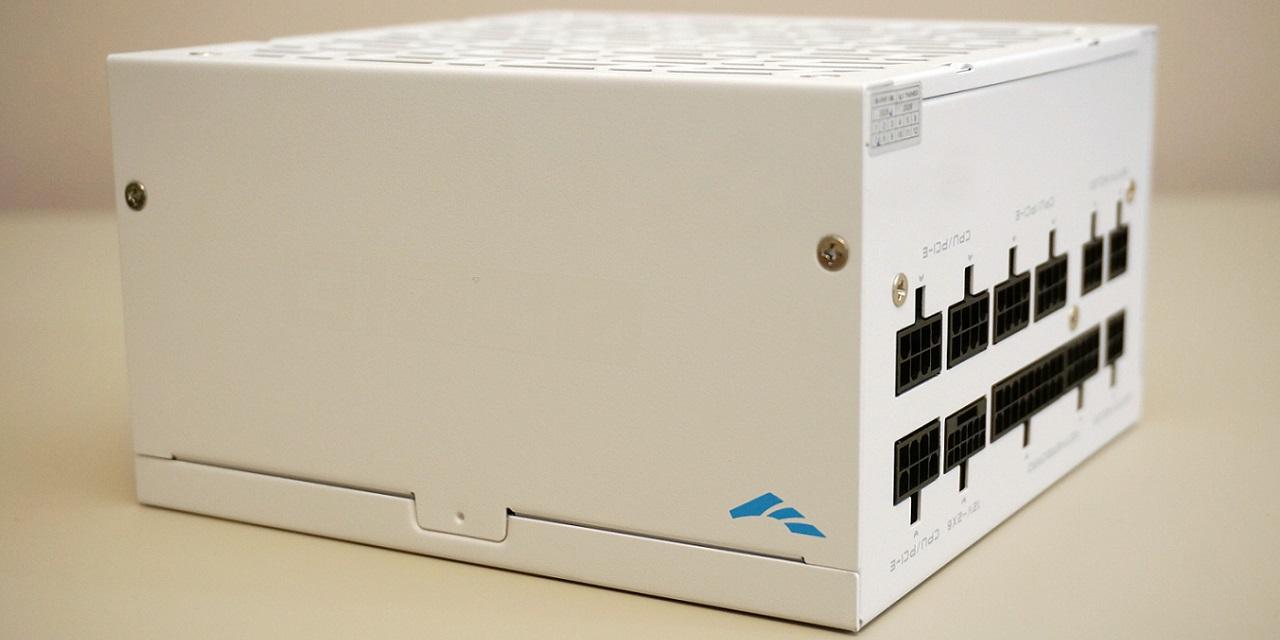|
From X-bit Labs: HP today unveiled the world’s first commercially available HP Moonshot system, delivering compelling new infrastructure economics by using up to 89% less energy, 80% less space and costing 77% less, compared to traditional servers. “With nearly 10 billion devices connected to the internet and predictions for exponential growth, we’ve reached a point where the space, power and cost demands of traditional technology are no longer sustainable. HP Moonshot marks the beginning of a new style of IT that will change the infrastructure economics and lay the foundation for the next 20 billion devices,” said Meg Whitman, president and chief executive officer at HP. Today’s mega data centers are nearing a breaking point where further growth is restricted due to the current economics of traditional infrastructure. HP Moonshot servers are a first step organizations can take to address these constraints. The new HP Moonshot system is the second-generation server from HP’s project Moonshot. This new class of server is engineered to address the IT challenges created by social, cloud, mobile and big data. HP Moonshot servers are built from chips more commonly found in smartphones and tablets, which allow the servers to deliver reduced energy use and a high-density footprint, all at a significantly lower cost. The HP Moonshot system consists of the HP Moonshot 1500 enclosure and application-optimized HP ProLiant Moonshot servers. These servers will offer processors from multiple HP partners, each targeting a specific workload. With support for up to 1800 servers per rack, HP Moonshot servers occupy one-eighth of the space required by traditional servers. This offers a compelling solution to the problem of physical data center space. Each chassis shares traditional components including the fabric, HP Integrated Lights-Out (iLo) management, power supply and cooling fans. These shared components reduce complexity as well as add to the reduction in energy use and space. View: Article @ Source Site |
 |
HP Reveals Its First Moonshot Energy-Efficient Microservers
© Since 2005 APH Networks Inc. All trademarks mentioned are the property of their respective owners.





